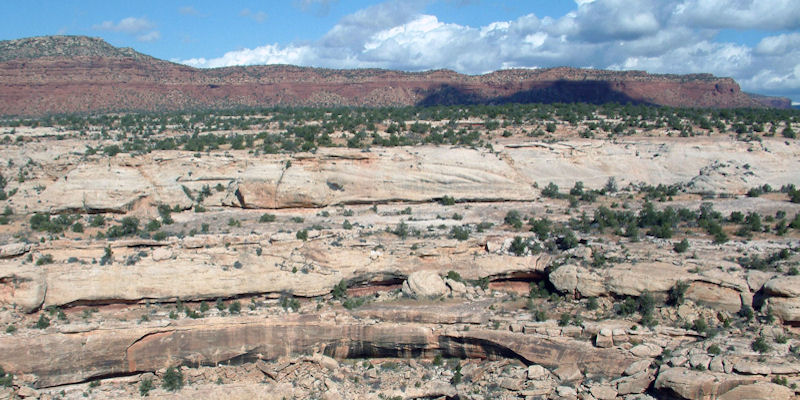Research project
The Fluvial, Eolian & Shallow-Marine Group
- Start date: 1 January 2018
- End date: 31 December 2026
- Primary investigator: Professor Nigel Mountney
- Co-investigators: Dr. Na Yan

The Fluvial, Eolian & Shallow-Marine Research Group (FRG-ERG-SMRG) is a recognized leader in the study and analysis of fluvial, aeolian, lacustrine shoreline and shallow-marine sedimentary systems. This industry facing research group brings together multi-disciplinary expertise in all aspects of applied sedimentary research.
Aim and Objectives
The principal aim of the group is to conduct cutting-edge research into the application of fluvial, aeolian and shallow-marine sedimentology for developing a better understanding of issues relating to environmental geology, subsurface resource geology, mining and mineral exploration, appraisal of groundwater aquifers, appraisal of geothermal reservoirs, and underground carbon sequestration. Specific research objectives of the group are to develop a state-of-the-art knowledge transfer programme, to distil current thinking and trends in applied sedimentary research, and to present results and models in a format suitable for direct use by industrial sponsors.
Group format
FRG-ERG-SMRG runs as a Joint Industry Project (JIP) with a research programme focussed on cutting-edge applied sedimentary research, with emphasis on characterization of subsurface sedimentary architecture, development of novel and innovative techniques in reservoir prediction, and the delivery of a web-based Knowledge Transfer Programme.
Principal FRG-ERG-SMRG Deliverables
Company-wide access to:
- Web-based front-end to the world’s largest databases of fluvial, aeolian and shallow-marine architectural element dimensions: the Fluvial Architecture Knowledge Transfer System (FAKTS); The Database of Aeolian Sedimentary Architecture (DASA); The Shallow-Marine Architecture Knowledge Store (SMAKS)
- Specialist forward stratigraphic modelling software: Point Bar Sedimentary Architecture Numerical Deduction (PB-SAND); Dunemodeller; Aeolian Dune Sedimentary Architecture Numerical Deduction (AD-SAND)
- Access to entire catalogue of research results
- Searchable bibliographic database and recommended literature summaries
- Digital online training and self-learning materials
- Video case studies and virtual outcrop guides
- Cutting-edge novel and innovative approaches to reservoir modelling of non-marine and marginal marine successions
- Dedicated sponsors’ meetings (e.g., Europe and USA)
- Specially tailored training and field courses run on a cost-only basis.
Research outputs in:
- Fluvial, aeolian, lacustrine, shoreline and shallow-marine depositional models for subsurface prediction and correlation;
- Source-to-sink studies;
- Atlases depicting morphology of modern fluvial, aeolian, lacustrine, shoreline and shallow-marine systems;
- Process sedimentology;
- Novel and innovative approaches to reservoir characterization;
- External controls on sedimentary systems;
- High-resolution studies of stratigraphic architecture;
- Non-marine and marine sequence stratigraphy;
- Seismic geomorphology;
- Quantitative numerical models for bridging the gap between sedimentological datasets and reservoir modelling workflows;
- Studies of tidally influenced fluvial, fluvio-deltaic and fluvio-lacustrine modern sediment systems, outcropping ancient successions and subsurface reservoir intervals;
- Software for numerical sedimentological & tectono-stratigraphic modelling.
Funding and Sponsorship
Current and past phases of the FRG-ERG research programme have been supported by the following sponsor companies and funding bodies: AkerBP, Anadarko (now Occidental), Areva, BHP, Cairn India, Chevron, CNOOC, ConocoPhillips, De Beers, Engie (now Neptune), Equinor, Murphy Oil Corporation, NERC, Nexen (now CNOOC), Occidental, Saudi Aramco, Shell, Tullow Oil, Woodside, YPF.

